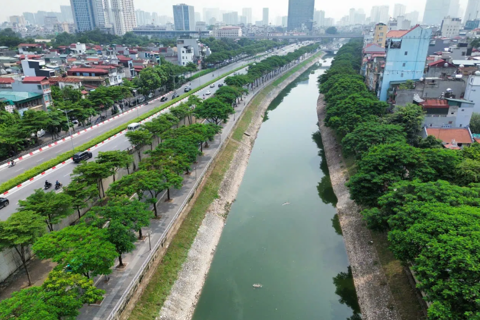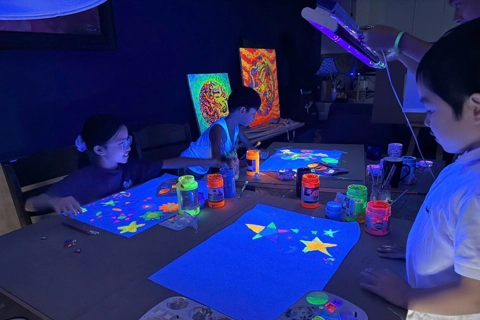Waste fed into Hanoi's waste-to-energy plant for trial run
All incoming waste is fully processed and converted into clean electricity and recyclable by-products, contributing effectively to socio-economic development.
THE HANOI TIMES — The Seraphin waste-to-energy plant began receiving waste on May 1, marking the start of trial operations.

Waste is fed into the plant on May 1. Photos: Quy Nguyen/The Hanoi Times
With a processing capacity of 2,250 tons per day and night, the plant, developed by the local AMACCAO Group, became operational on the occasion of Vietnam's Reunification Day (April 30) and International Workers' Day (May 1).
This plant represents a major step forward in environmental management and underscores the technological self-reliance and advanced capabilities of Vietnamese enterprises.
According to the project developer, the intake and initial processing of waste marks a crucial transition from the construction to the commissioning and fine-tuning phase.
"We are very close to full operation of the plant, which will make a significant contribution to Hanoi's environmental pollution," said a plant representative.
The timely commissioning of the Seraphin plant on the 50th anniversary of National Reunification is a testament to the rigorous preparation, relentless efforts and decisive actions of the AMACCAO Group, Seraphin Company and the entire project team. This achievement was also made possible by the support and facilitation of the Hanoi authorities and related agencies.

The Seraphin plant employs state-of-the-art Martin incinerator technology from Germany.
Located in the Xuan Son Waste Treatment Complex in Son Tay Town, Hanoi, the Seraphin plant employs state-of-the-art Martin incineration technology from Germany. It has a processing capacity of 2,250 tons of waste per day and generates 37 MW of electricity. The plant integrates green, high-tech, digital and fully automated technologies.
Emissions, leachate and post-treatment residues meet strict European environmental standards, ensuring the safety of both the environment and local communities. All incoming waste is fully processed and converted into clean electricity and recyclable by-products, effectively contributing to socio-economic development.
Architecturally, the plant boasts a modern and imposing design. Its layout is thoughtfully planned and harmoniously integrated with green and clean spaces, forming a cutting-edge technological complex inspired by European aesthetics and serving as a model for high-tech environmental infrastructure.
Once fully operational, the Seraphin facility is expected to significantly reduce Hanoi's urban waste challenges and help address the long-standing issue of waste accumulation and environmental degradation in the city center.











